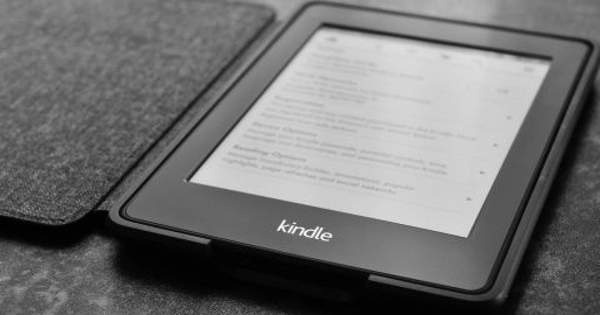A new type of artificial intelligence (AI) algorithm developed by the Mayo Clinic and the Google Research Brain Team could pave the way for more targeted brain stimulation for the treatment of Parkinson’s disease and other movement disorders.
Electrical stimulation of the brain is already expanding treatment options for millions of people suffering from epilepsy and movement disorders such as Parkinson’s disease. Electrical stimulation may help people with psychiatric illnesses and direct brain injuries, such as stroke, in the future.
However, understanding how brain networks interact with one another is difficult. Brain networks can be studied by delivering brief electrical current pulses to one area of a patient’s brain while measuring voltage responses in other areas. These data should, in theory, allow one to infer the structure of brain networks. The problem is more difficult with real-world data because the recorded signals are complex and only a limited number of measurements can be made.
For millions of people with epilepsy and movement disorders such as Parkinson’s disease, electrical stimulation of the brain already is widening treatment possibilities. In the future, electrical stimulation may help psychiatric illness and direct brain injuries, such as stroke.
To make the problem more manageable, Mayo Clinic researchers created a set of paradigms, or points of view, that simplify comparisons of the effects of electrical stimulation on the brain. Because there was no mathematical technique in the scientific literature to characterize how assemblies of inputs converge in human brain regions, the Mayo team collaborated with an international expert in artificial intelligence (AI) algorithms to develop a new type of algorithm called “basis profile curve identification.”
According to the researchers, this algorithm can more accurately determine the interaction between different regions of the brain — information that will be critical for improving how brain stimulation devices are used in the real world to treat Parkinson’s disease.
“Our findings show that this new type of algorithm may help us understand which brain regions directly interact with one another, which in turn may help guide placement of electrodes for stimulating devices to treat network brain diseases,” said Kai Miller, MD, Ph.D., the study’s first author, and a neurosurgeon at Mayo Clinic.

In a study published in the journal PLOS Computational Biology, a patient with a brain tumor had an electrocorticographic electrode array implanted to locate seizures and map brain function before the tumor was removed. Every electrode interaction generated hundreds to thousands of time points that could be studied with the new algorithm.
“Our findings show that this new type of algorithm may help us understand which brain regions directly interact with one another, which may help guide placement of electrodes for stimulating devices to treat network brain diseases,” says Kai Miller, M.D., Ph.D., a Mayo Clinic neurosurgeon, and the study’s first author. “As new technology emerges, this type of algorithm may aid in the treatment of patients suffering from epilepsy, movement disorders such as Parkinson’s disease, and psychiatric illnesses such as obsessive-compulsive disorder and depression.”
“Neurologic data is perhaps the most challenging and exciting data for AI researchers to model to date,” says Klaus-Robert Mueller, Ph.D., study co-author and member of the Google Research Brain Team. Dr. Mueller is the co-director of the Berlin Institute for the Foundations of Learning and Data, as well as the director of the Machine Learning Group at the Technical University of Berlin.
The authors provide a downloadable code package in the study so that others can investigate the technique. “Sharing the developed code is a critical component of our efforts to improve research reproducibility,” says Dora Hermes, Ph.D., a Mayo Clinic biomedical engineer, and senior author.
The National Institutes of Health’s National Center for Advancing Translational Science Clinical and Translational Science Award, the National Institute of Mental Health Collaborative Research in Computational Neuroscience, and the Federal Ministry of Education and Research all provided funding for this study.
Deep brain stimulation, or DBS, is used in Parkinson’s disease to alleviate motor symptoms, particularly tremors, and to reduce medication needs in some patients. DBS entails implanting electrodes in specific areas of the brain to control abnormal impulses. The amount of stimulation is controlled by a pacemaker-like device placed under the skin in the upper chest and linked to the electrodes in the brain via a wire. Deep brain stimulation efficacy and overall experience are being improved by researchers, which AI may be able to assist with.
















